Video can be found here:
STL and Fusion 360 source files can be found here: https://bbprojects.technology/collections/stl-fusion-360-source-files/products/delta-belt-3d-printer
The Idea
I needed a way to print a lot small parts (cable chain pieces) fast and preferably in an automated way, so I build this modular delta belt 3D-printer for (small) automated series productions. It combines the best of both worlds, the speed of the delta printer and the automation of the conveyor belt.
Design
This design is mainly focused on series production (print a lot of parts in an automated way) and not so much on continuous printing (print very long pieces). The main reason for this is that for continuous printing the head needs to be tilted 45 degrees, which requires a lot of hardware changes to be made to the printer itself. With this design you need to make exactly 0 changes to the hardware and even the firmware of the printer (FLsun Q5 in my case). The belt is designed to be completely modular.
The belt is triggered by a limit switch which in turn is triggered by the homing sequence of the printer itself. The amount of parts you want to print can be chosen by copying and pasting the G-code the amount of times you want the part to print. I tried using some for loops in the G-code but the firmware of the FLsun Q5 doesn't seem to accept these codes.
The motor used to drive the belt is a 42mm 12V Nema 17 stepper motor. the stepper motor itself is driven by a A4998 stepper motor driver (see the parts list for a complete overview). To connect the motor with the roller shaft I used a 36 teeth GT2 pulley on the roller shaft, a 16 teeth GT2 pulley on the motor shaft and a 260mm GT2 belt to connect them both.
PCB design
I decided to create a small Arduino based PCB which was manufactured by JLCPCB, the sponsor of this project. The gerber files and Arduino code can be found in the files section of this project page.
You can now order your PCB+PCBA for only $2, Register to Get $54 Coupons: https://jlcpcb.com/IYB
I used an Arduino Nano to read the input from the limit switch and to control the stepper motor through the A4998 stepper motor driver. Also included on the PCB are 2 status LEDs with appropriate resistors. Next to the stepper motor driver are some pins (J1, J2, J3) to select the microstepping of the driver. Pins J4 go to the stepper motor. C1 is a capacitor to smooth out the power going to the Arduino power supply.
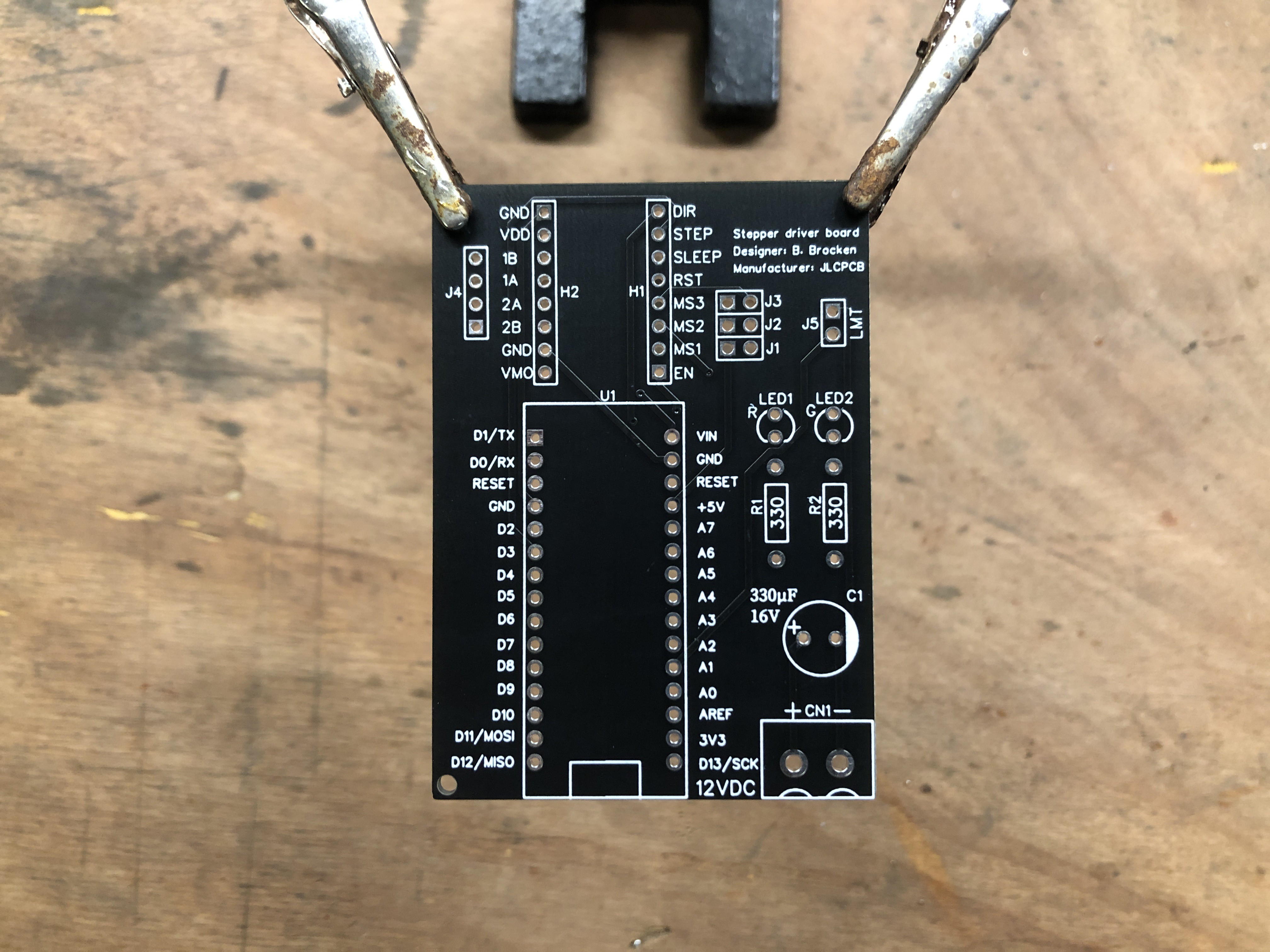
PCB case
To protect the PCB a bit I wanted to create a case around it. I started to design a square box like I usually would but thought it looked so boring. So i decided to put some time and effort in the design of the case and took some inspiration from Lamborghini to give it a modern and futuristic look. I personally like how the design turned out.
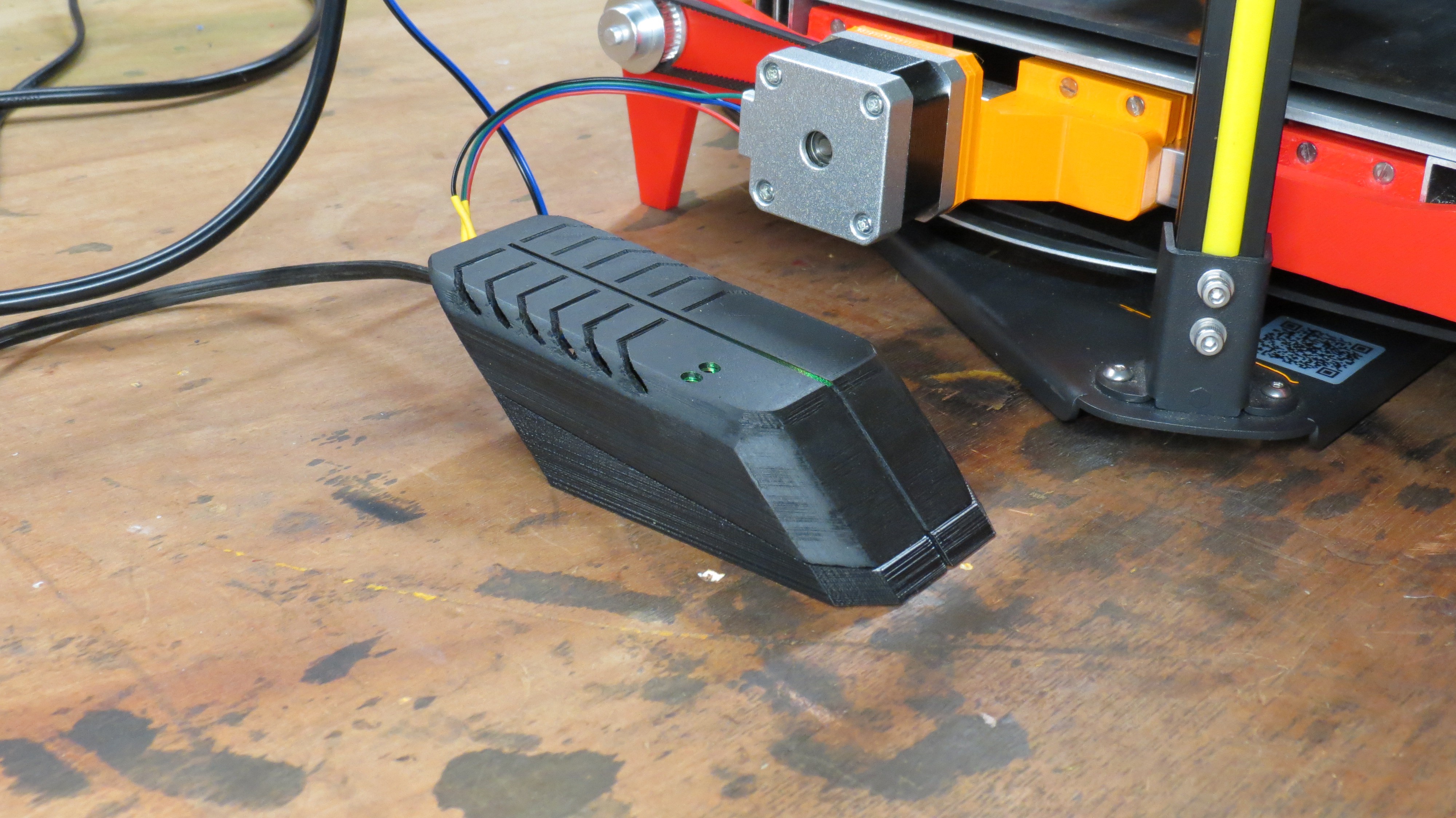
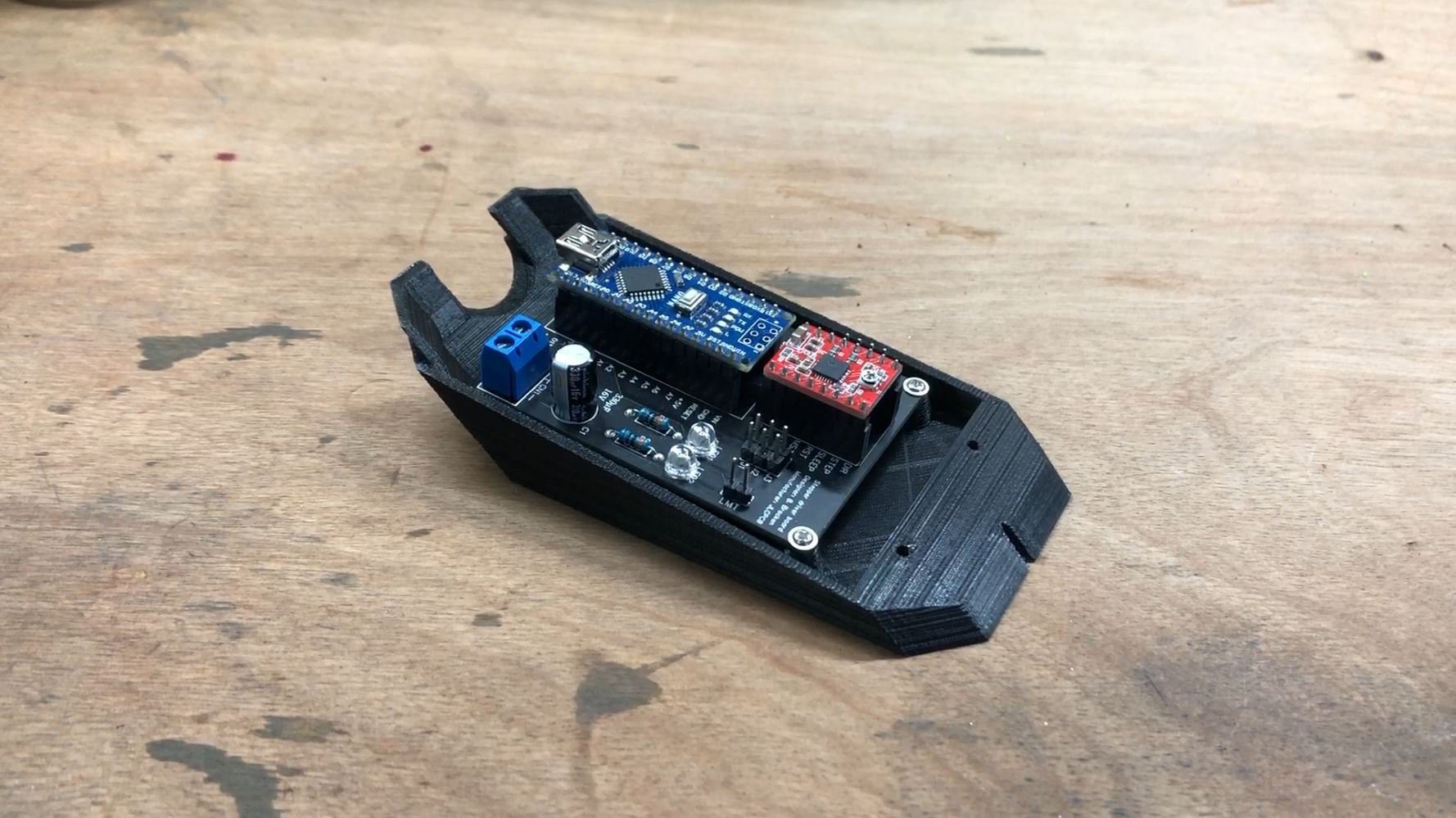
Belt design
For the conveyor belt itself I used a rubber sheet of about 3mm thickness ( link: https://rubbermatten24.nl/rubberrol-sbr-3mm ) and cut it to 200x666mm. The rubber is normally used as a mat to put on the floor for more grip, but the website also states it can be used as Isolation, sound proofing and shock absorbing. I first tested out which glue had the best performance, here are the numbers:
-Pattex contact glue: 13 kg
-Bison super glue: 22 kg
-Bison rubber repair: 24+ kg
I ended up using the Bison rubber repair glue and glued both ends of the rubber sheet to each other end-to-end.
 Brian Brocken
Brian Brocken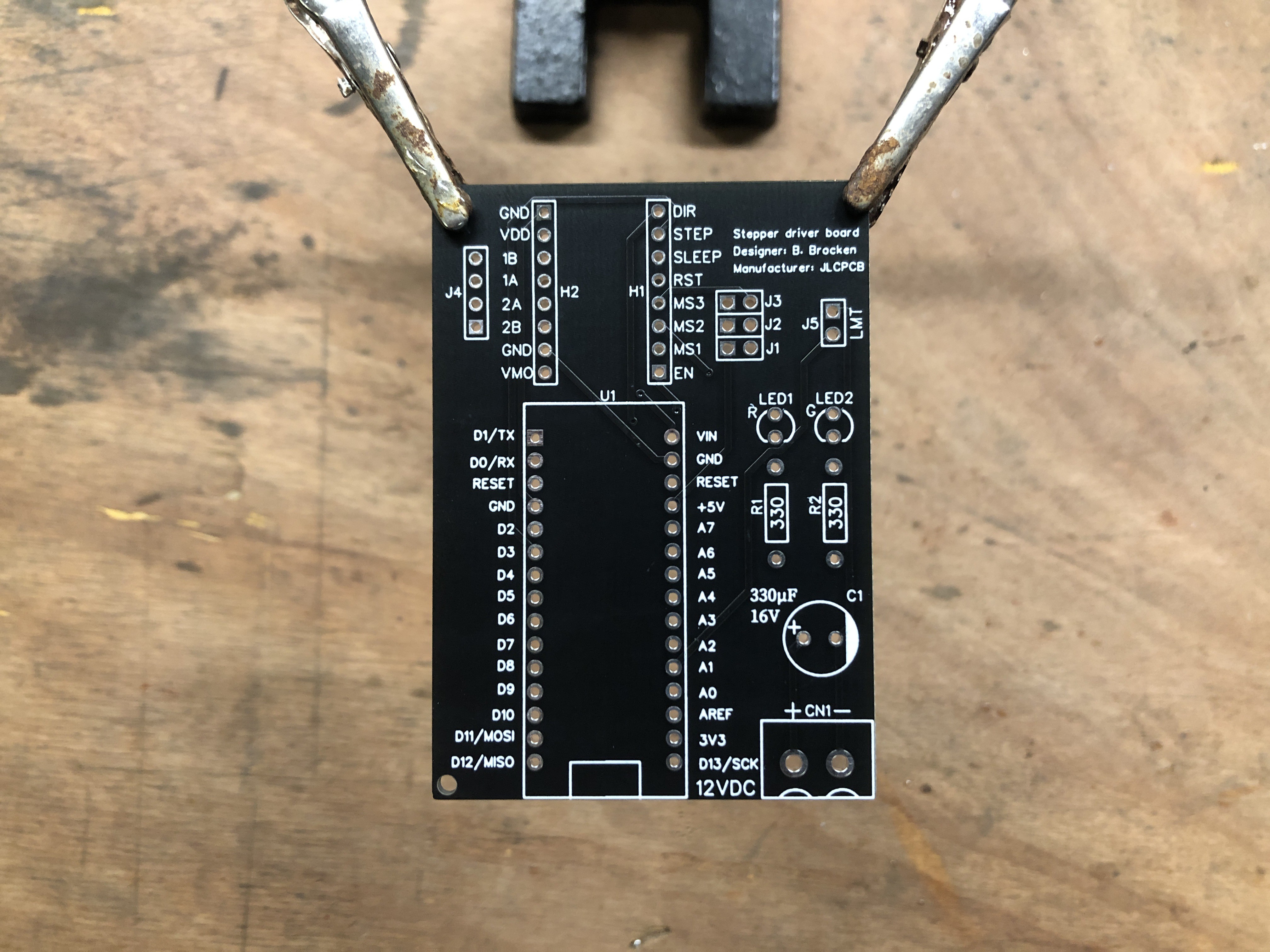

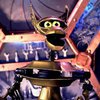




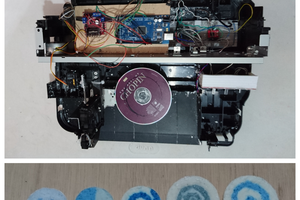
 Guillermo Perez Guillen
Guillermo Perez Guillen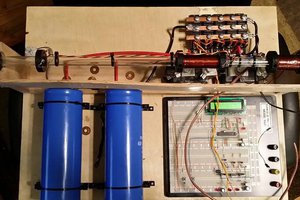
 jeff.ballard.86
jeff.ballard.86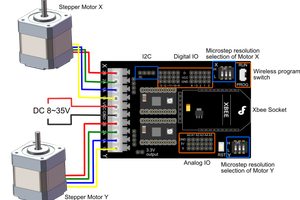
 MakersBox
MakersBox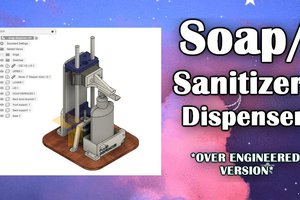
 Arnov Sharma
Arnov Sharma
can annyonne help me with the BOM i cant load it up in the app